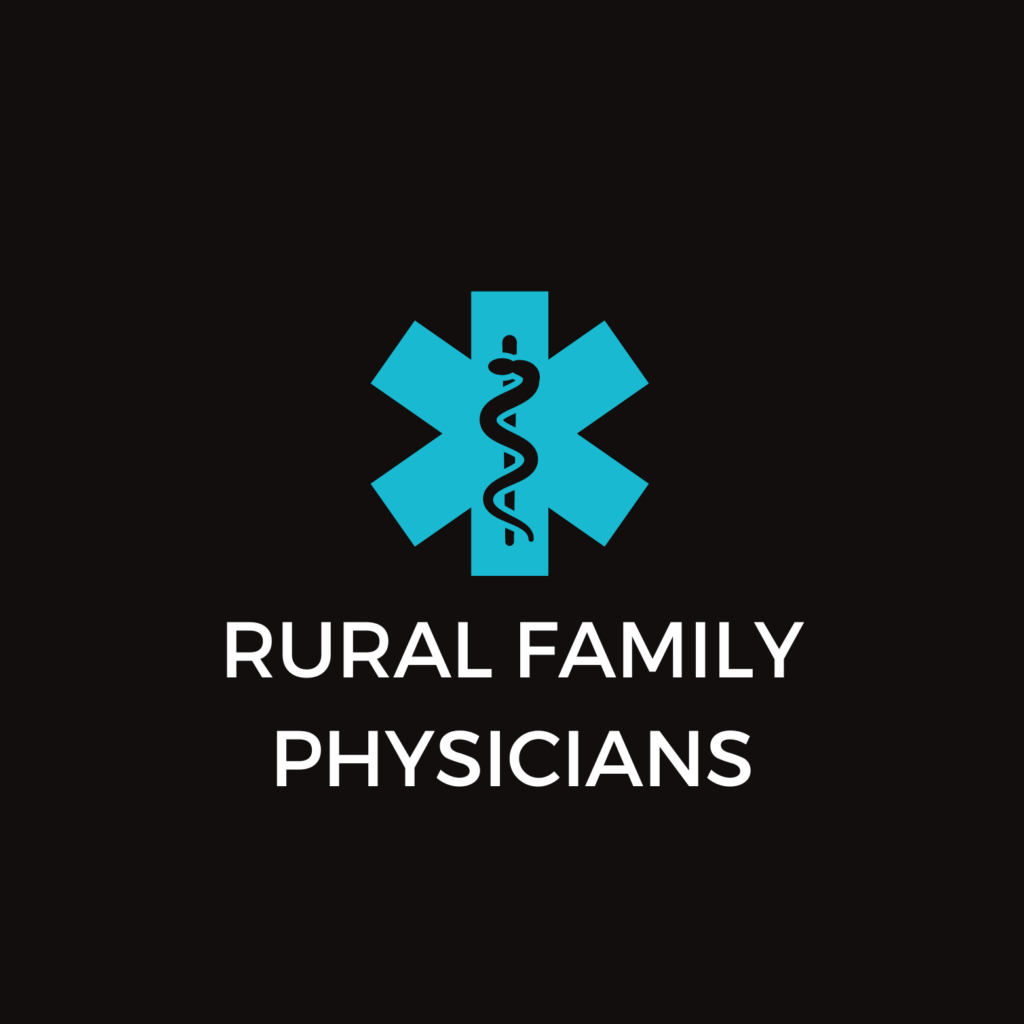Our Blog
all about rural
- September 10, 2013
Hispanic teens more likely to use drugs, study says
By Bridgette Olson on September 10, 2013Read moreHispanic teens are more likely to use illicit drugs such as marijuana, ecstasy and cocaine, compared with their African-American and Caucasian counterparts, according to a new study. The study was released this month by the Partnership at Drug Freeorganization. It says that 54% of Hispanic teens reported having used...
00
- September 10, 2013
Substantial disparities in health and health care persist among populations across the United States
By Bridgette Olson on September 10, 2013Read moreThe Issue: At a time when health care providers and policy-makers are exploring new models to promote better health and improve health care, different populations experience persistent and increasing disparities in health status. In the United States, life expectancy and other health status measures vary dramatically depending on factors,...

- September 10, 2013
RAC program more accurate than lobbyists
By Bridgette Olson on September 10, 2013Read moreMedicare’s much-criticized recovery audit program is far more accurate than hospital lobbyists say it is, though it’s far from perfect and detects too little fraud rather than too much, according to a new report from HHS’ Office of the Inspector General. Of the 1.1 million cases in 2010 and...

- September 10, 2013
Reform Update: Michigan Legislature approves Medicaid expansion, but will the CMS?
By Bridgette Olson on September 10, 2013Read moreIn the wake of the Michigan Legislature’s approval of a plan to expand its Medicaid program to include an estimated 470,000 low-income residents, some observers are questioning whether the Obama administration will OK the state’s request to require enrollees to pay up to 5% of their income for cost-sharing....

- September 10, 2013
Federal Policy Implementation under the Affordable Care Act: Six issues whose final resolution awaits, as implementation moves forward
By Bridgette Olson on September 10, 2013Read moreFull implementation of the Affordable Care Act (ACA) begins in less than 2 months, when open enrollment in the new Health Insurance Marketplace commences. All of the essential policy decisions on which implementation turns are in place and the new Health Insurance Marketplace – the heart of the law...

- September 10, 2013
In Colorado’s emergency response, a rural-urban divide between life and death
By Bridgette Olson on September 10, 2013Read moreA new report by the National Highway Traffic Safety Administration found that 55 percent of those who died in road crashes in 2011 lost their lives in rural areas, while only 19 percent of the population lived in rural areas. In Colorado, 51 percent of those who died in...

- September 10, 2013
Causes and Consequences of Rural Pharmacy Closures: A Multi-Case Study
By Bridgette Olson on September 10, 2013Read moreThe RUPRI Center for Rural Health Policy Analysis completed case studies in six rural communities that lost their only remaining retail pharmacy since 2007. In five of the six communities, residents now either drive to the nearest pharmacy or use mail- order to receive their prescriptions and, in some...

- September 10, 2013
Project ECHO Brings Pain Expertise to Rural Docs
By Bridgette Olson on September 10, 2013Read moreRural areas typically are underserved by pain specialists, so primary care doctors may be on their own when caring for patients with chronic pain or may have to refer patients long distances for a pain consultation. To address this problem in New Mexico, doctors at the University of New...

- September 10, 2013
House bid to undo dialysis cuts shows lobbyists’ muscle
By Bridgette Olson on September 10, 2013Read moreEight months ago, Congress ordered the Obama administration to eliminate a stark example of federal government waste: more than $500 million a year in excessive drug payments being sent to dialysis clinics nationwide. But in a demonstration of just how hard it is to curb spending in Washington, more...

- September 10, 2013
Randomized treatments may be more effective at stopping disease outbreaks
By Bridgette Olson on September 10, 2013Read moreHerding cats is a cakewalk compared with getting people to take flu vaccine shots in the last weeks of summer—work, school, limited pharmacy hours, beach days and countless other factors conspire to interfere. As a result, vaccinations tend to trickle in over many months. Rather than resisting this tendency,...



